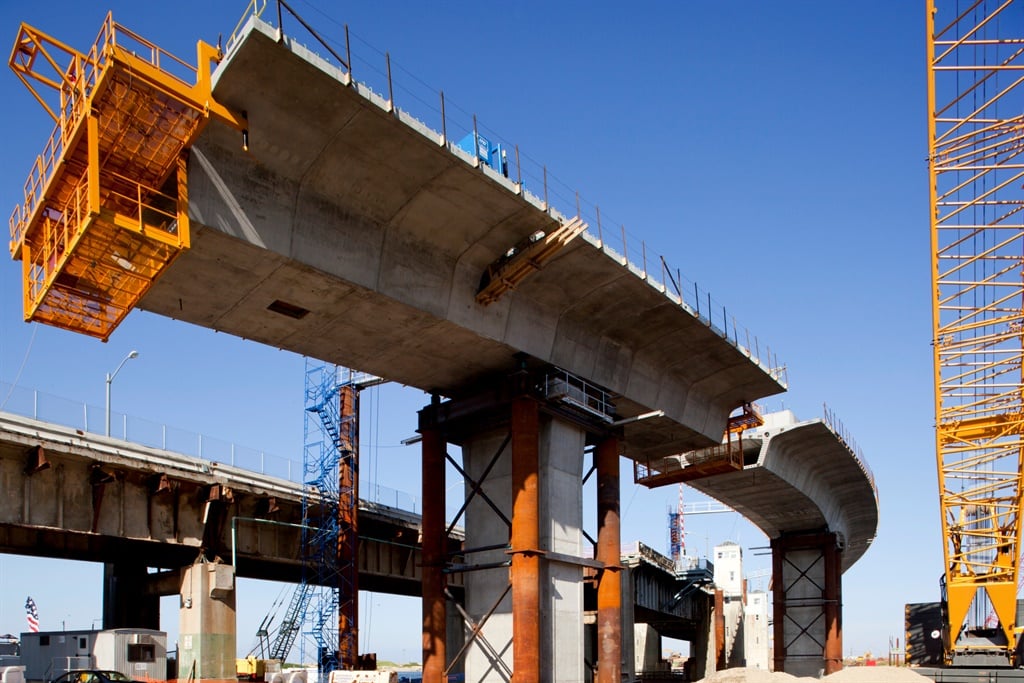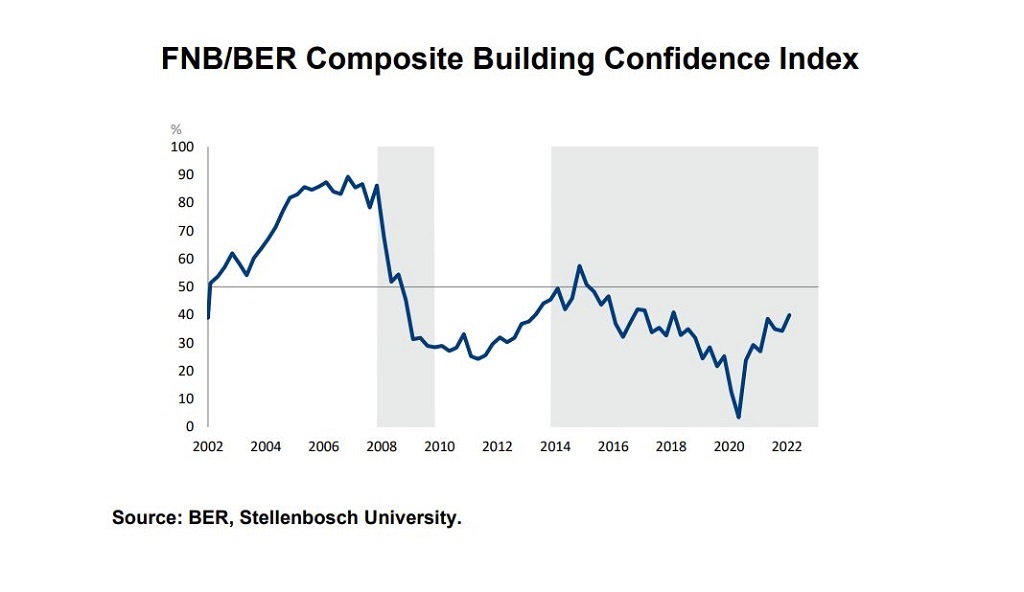[ad_1]

The pipeline for building projects remained stable during the quarter (Getty)
- Confidence among companies in the building industry has climbed to its highest level in four years.
- Confidence was boosted by the improved business mood among building material manufacturers and sub-contractors.
- But profit margins in the sector are still taking strain.
Confidence among companies in the building industry has climbed to the highest level in four years.
On Tuesday, the FNB and Bureau for Economic Research released the building confidence index for the first quarter. The index climbed six points to 40, out of a score of 100 – indicating that confidence levels remain relatively weak.
The index surveys the sentiments of industry players such as architects, quantity surveyors, main and sub-contractors, manufacturers of building materials and retailers.
The lift in confidence is mainly driven by an improved business mood among building material manufacturers and sub-contractors.
Confidence among main contractors dropped from 30 to 25 points. But activity remained relatively stable, according to the report.
Among sub-contractors – such as plumbers, electricians, carpenters and shop fitters – confidence levels climbed 17 points to 47. This is its best level since mid-2018, the report indicated.
“The results point to a strong showing in terms of smaller building projects, many of which would be considered alterations to existing structures rather than new buildings. This is why we are seeing more optimism from building sub-contractors than main contractors,” noted Siphamandla Mkhwanazi, senior economist at FNB.
Activity among non-residential builders was also better, compared to the residential sector.
“Anecdotally, the (improved) sub-contractor activity can also be linked to the increase in the number of office-to-residential conversions and alterations to existing homes,” Mkhwanazi explained.
Building material manufacturer confidence jumped to 55 points – the same level as in the third quarter of 2021. However, production volumes took a dip. Hardware retail sales also declined during the quarter. But hardware retailer confidence was at 63, above its long-term average.
“After the initial lockdown in mid-2020, hardware retail sales rose significantly, spurred on by the DIY market. These results show that the home improvement need has largely been satisfied (by) those who had the funds and trading is back to normal,” said Mkhwanazi.
Profit margins, however, are still under strain due to high building material prices, and costs of construction site interruptions, said Mkhwanazi.
“If we look at the underlying survey data there is a clear recovery in building activity, especially smaller projects. While this is welcomed, in value terms, it may not be enough to boost the sector meaningfully,” Mkhwanazi added.
For a “sustained improvement” the demand for new buildings must pick up from weak levels.
[ad_2]
Source link

